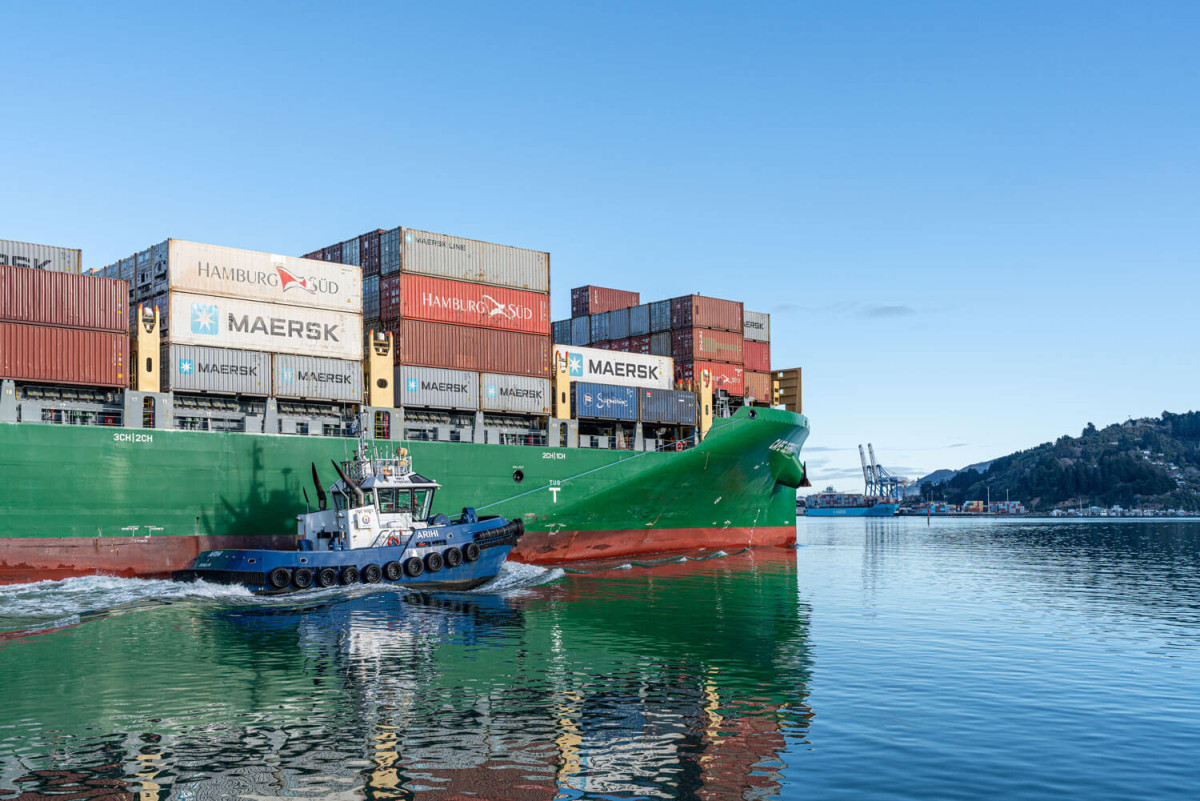Partnering for a solution

While the seven-month Port Chalmers Container Terminal rail pad replacement was a well-executed project, it did require operational work-arounds to keep product moving across the wharf.
A temporary rail pad arrangement was set up on the Container Terminal Wharf, but this was not suitable for the bulk curtain-sider rail wagons delivering MDF (medium density fibreboard) for export.
GM Customer Craig Usher says the rail pad replacement project was initially scheduled to take 12 months. “But we knew some customers would struggle with that period, so the engineers went back to the contractors to find a solution that would potentially shorten the timeframe. The plan changed to using synthetic fibre-reinforced concrete instead of conventional steel-reinforced concrete, shaving months off the project in addition to significantly reducing the overall project emissions.”
For MDF exporters Daiken New Zealand, condensing the timeframe was critical. Japanese-owned Daiken operates a manufacturing plant at Mataura, where it produces premium MDF for export – predominantly for Japan, Asia and North America markets. Daiken has been a Port Otago customer for more than 20 years, using both our warehousing and container loading services prior to product being shipped.
The Mataura plant operates 24/7, 12 months of the year, so it is vital that product moves smoothly and without extended interruption to supply-chain flows.
When the rail pad project was announced, Craig says Port Otago and Daiken sat down together, to determine options for reducing the impact on the customer’s supply chain. “The solution came in the form of several actions. The customer changed the mode of transport from the plant to the terminal, and the port started accepting road instead of rail. And we opened up a portion of the rail pad early.”
Craig: “Normally, product would leave Mataura on curtain-sider rail boxes and arrive direct to our Port Chalmers Container Terminal to be packed into export shipping containers by our Timber team. However, with the permanent terminal rail pad unavailable, product was instead packed and delivered in curtain-sider trucks. This added an extra step to the transport process.”
To minimise disruption to the customer, the rail pad project team prioritised completion of two of the four rail rakes (lines) and associated turnouts (switches), so Daiken product could return to rail in July 2025 – four weeks earlier than the project’s full completion. Daiken could therefore remove the double handling cost a month earlier.
Craig says the early opening was an impressive feat, brought about by collaboration and coordination between KiwiRail, the Port Otago Operations and Infrastructure team and the rail pad construction contractor Martinus.
Daiken New Zealand Sales & Distribution Group Manager Tristan Dawson: “It was a testing few months, juggling the extra step in the process and the extra supplier in the middle. We are pleased it’s at an end and appreciate Port Otago opening up rail access to the terminal four weeks prior to completion.”

